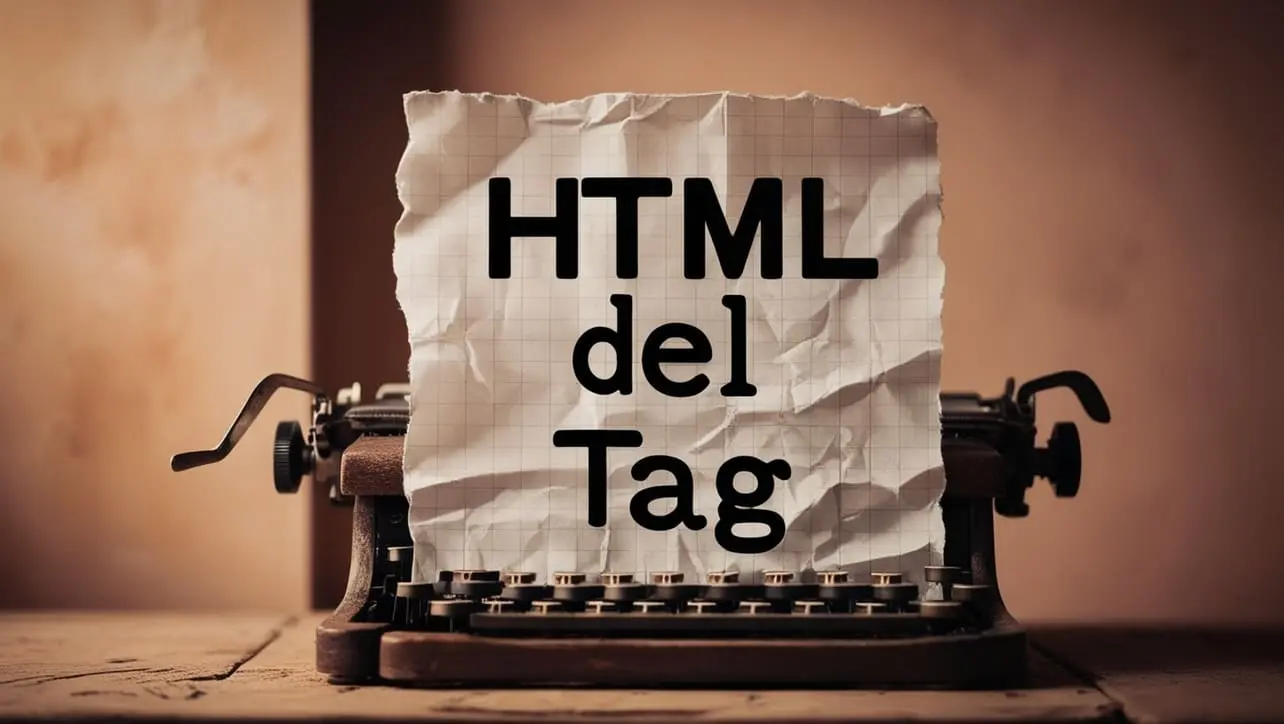
HTML Topics
- HTML Intro
- HTML Basic
- HTML Editors
- HTML CSS
- HTML Tags
- <!--...-->
- <!DOCTYPE>
- <a>
- <abbr>
- <address>
- <area>
- <article>
- <aside>
- <audio>
- <b>
- <base>
- <bdi>
- <bdo>
- <bgsound>
- <blink>
- <blockquote>
- <body>
- <br>
- <button>
- <canvas>
- <caption>
- <cite>
- <code>
- <col>
- <colgroup>
- <data>
- <datalist>
- <dd>
- <del>
- <details>
- <dfn>
- <dialog>
- <div>
- <dl>
- <dt>
- <em>
- <embed>
- <fieldset>
- <figcaption>
- <figure>
- <footer>
- <form>
- <h1> to <h6>
- <head>
- <header>
- <hgroup>
- <hr>
- <html>
- <i>
- <iframe>
- <img>
- <input>
- <ins>
- <kbd>
- <label>
- <legend>
- <li>
- <link>
- <main>
- <map>
- <mark>
- <menu>
- <meta>
- <meter>
- <nav>
- <noscript>
- <object>
- <ol>
- <optgroup>
- <option>
- <output>
- <p>
- <param>
- <picture>
- <pre>
- <progress>
- <q>
- <rp>
- <rt>
- <ruby>
- <s>
- <samp>
- <script>
- <search>
- <section>
- <select>
- <small>
- <source>
- <span>
- <strong>
- <style>
- <sub>
- <summary>
- <sup>
- <svg>
- <table>
- <tbody>
- <td>
- <template>
- <textarea>
- <tfoot>
- <th>
- <thead>
- <time>
- <title>
- <tr>
- <track>
- <u>
- <ul>
- <var>
- <video>
- <wbr>
- HTML Deprecated Tags
- HTML Events
- HTML Event Attributes
- HTML Global Attributes
- HTML Attributes
- HTML Comments
- HTML Entity
- HTML Head
- HTML Form
- HTML IndexedDB
- HTML Drag & Drop
- HTML Geolocation
- HTML Canvas
- HTML Status Code
- HTML Language Code
- HTML Country Code
- HTML Charset
- MIME Types
HTML del Tag

Photo Credit to CodeToFun
🙋 Introduction
In the landscape of HTML, the <del> tag plays a pivotal role in indicating deleted or removed text.
This guide will walk you through the ins and outs of using the HTML <del> tag effectively.
🤔 What is <del> Tag?
The <del> tag is a fundamental HTML element used to represent content that has been deleted or struck through. It is often employed to convey revisions or changes in a document.
💡 Syntax
To implement the <del> tag, wrap the text you want to mark as deleted between the opening <del> and closing </del> tags.
<del>Deleted Text Here</del>🧰 Attributes
The <del> tag supports the cite attribute, which allows you to provide a URL or other reference to explain why the text was deleted.
<del cite="https://example.com/reason-for-deletion">Deleted Text with a Reference</del>📚 Common Use Cases
Document Revisions:
The primary purpose of the
<del>tag is to visually represent deleted or removed content in a document.document-revisions.htmlCopiedIn version 2.0, we <del>deprecated</del> removed support for legacy features.Editorial Changes:
Use the
<del>tag to show editorial changes, helping readers understand the evolution of the content.editorial-changes.htmlCopiedThe original plan was <del>postponed</del> re-evaluated due to unforeseen circumstances.
🖥️ Browser Support
Understanding the compatibility of the <del> tag across different browsers is essential for delivering a consistent user experience. Here's an overview of its support:
- Google Chrome: Fully supported.
- Mozilla Firefox: Fully supported.
- Microsoft Edge: Fully supported.
- Safari: Fully supported.
- Opera: Fully supported.
- Internet Explorer: Partial support (some versions may have limitations).
Ensure you test your code in various browsers to guarantee a seamless experience for your audience.
🏆 Best Practices
- Combine with other tags like <ins> for added context when presenting insertions alongside deletions.
- Provide a meaningful reference using the cite attribute to explain why content was deleted.
🎉 Conclusion
Mastering the <del> tag is valuable for web developers and content creators looking to convey document changes with clarity. By utilizing this tag judiciously, you enhance the overall readability and understanding of your content.
👨💻 Join our Community:
Author

For over eight years, I worked as a full-stack web developer. Now, I have chosen my profession as a full-time blogger at codetofun.com.
Buy me a coffee to make codetofun.com free for everyone.
Buy me a Coffee












If you have any doubts regarding this article (HTML del Tag), please comment here. I will help you immediately.